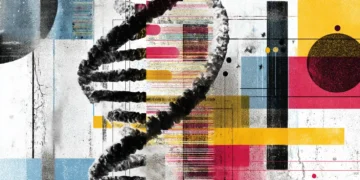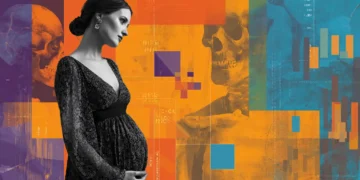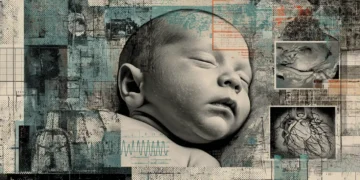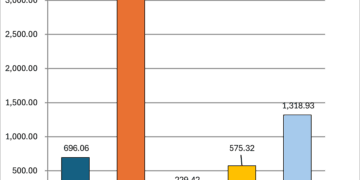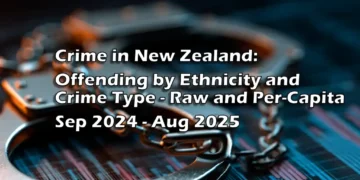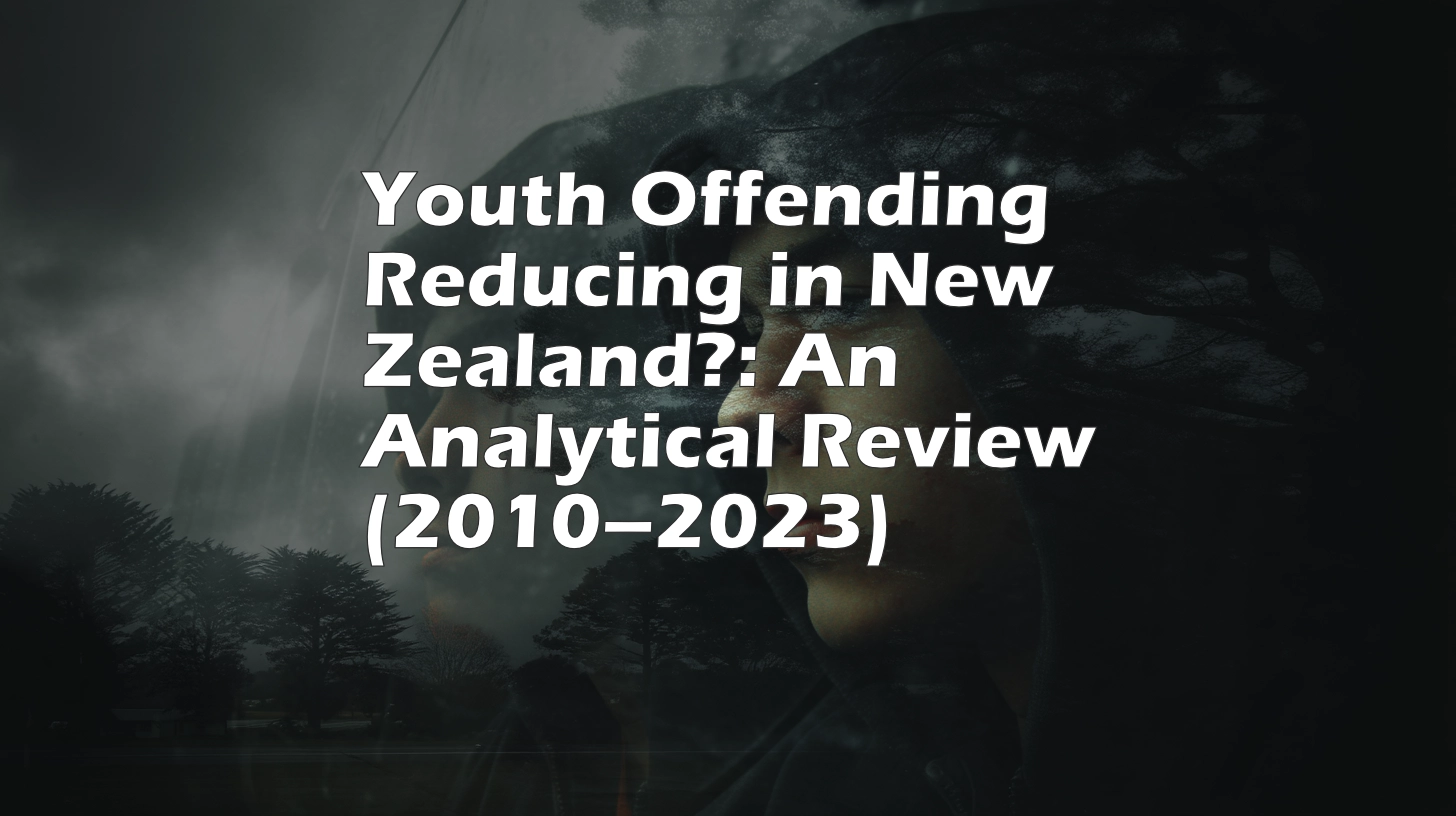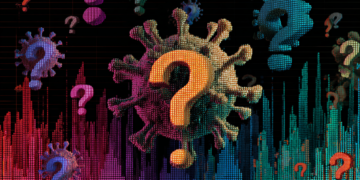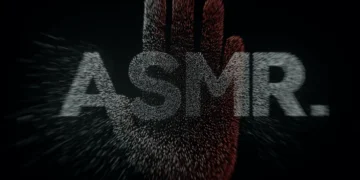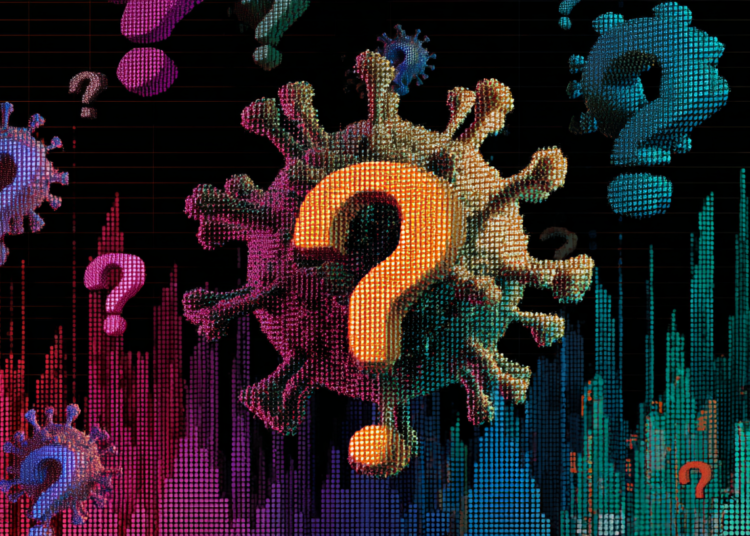In discussions surrounding sex and gender identity, a common rhetorical tactic is to invoke rare chromosomal abnormalities as proof that sex is not binary or that humans can change sex. Tabloid headlines like “Person with 95% male DNA gives birth” fuel this confusion, and advocates sometimes use such stories to suggest that any man who identifies as a woman must be accepted as such, regardless of context. However, this line of reasoning rests on a deep misunderstanding of genetics, developmental biology, and the nature of Disorders of Sex Development (DSDs).
The Basics of Human Sex Chromosomes
Humans typically have 46 chromosomes in each cell, including one pair of sex chromosomes:
- XX = female
- XY = male
The X chromosome contains over a thousand essential genes for general development and function. The Y chromosome is much smaller and carries genes crucial for initiating male sex determination (notably the SRY gene) and for spermatogenesis.
Why X0 is Viable but 0Y is Not
Turner Syndrome (45,X0) is a condition where an individual has only one X chromosome. People with Turner Syndrome are typically phenotypically female, often shorter than average, and usually infertile. This condition is survivable because one X chromosome provides the essential genes needed for development.
However, a 0Y configuration—an embryo with no X chromosome at all—is not viable. The Y chromosome alone lacks the necessary genes for life. This is akin to launching a website without its core startup file: nothing functions. Without the X, critical cellular processes fail before the embryo can even implant.
Chimerism, Mosaicism, and DSDs
Occasionally, individuals are born with more than one type of cell line—genetically distinct populations of cells within the same body. This can occur through:
- Chimerism: Fusion of two embryos (e.g., one XX and one XY)
- Mosaicism: Mutations after fertilization resulting in mixed chromosomal types
Some DSDs result in individuals having atypical chromosomal configurations such as 46,XX/46,XY mosaicism. Others involve mutations affecting hormone production or receptor function (e.g., Androgen Insensitivity Syndrome).
These are rare conditions—most estimates place true DSDs with reproductive or phenotypic ambiguity at 0.018% to 0.05% of live births. Broader estimates, like the oft-cited 1.7%, conflate unrelated conditions and are widely criticized by medical geneticists.
Fertility Among People with DSDs
The ability to give birth among individuals with a DSD is exceedingly rare. Most DSDs affecting sex development involve nonfunctional or absent reproductive organs. Fertility is retained in only a few specific conditions, like Congenital Adrenal Hyperplasia (CAH), which typically affects 46,XX individuals with normal internal female anatomy.
According to peer-reviewed literature:
- Spontaneous fertility occurs in less than 5% of DSD cases.
- For the general population, this means 0.001% to 0.0025% (1 in 40,000 to 100,000 people) might have a DSD and also be capable of giving birth.
Using these rare cases to argue that human sex is fluid or that self-identification overrides biology is scientifically indefensible. These exceptions prove the rule: sex is a biological system with occasional errors in its expression—not a spectrum where any identity is equally grounded in biology.
Named Syndromes and Chromosomal Variations
Some chromosomal conditions have eponymous names:
- Turner Syndrome (45,X): phenotypically female, infertile
- Klinefelter Syndrome (47,XXY): phenotypically male, often infertile
Others are known by their chromosomal pattern:
- Triple X Syndrome (47,XXX): phenotypically female, usually asymptomatic (normal female, just has extra backup X for some reason)
- XYY Syndrome (47,XYY): phenotypically male, fertile
- XXYY, XXXY, etc.: increasingly rare, often with cognitive or physical impairments
Most of these individuals have unambiguous sex characteristics and identify with the sex matching their dominant phenotype.
DSDs, Cultural Deception, and Physical Performance
In some regions of the world, particularly in cultures where intersex or DSD conditions are heavily stigmatized, individuals with DSDs who possess a Y chromosome may be socially raised and surgically or hormonally shaped to appear female. In many such cases, the external appearance of the child is altered in infancy or early childhood to avoid shame or rejection. These individuals often present as female for social purposes but retain biologically male traits—including increased muscle mass, bone density, or height—due to the influence of testosterone either in utero or during puberty.
Athletes like Imane Khalif and others have been at the center of controversy, where biological male advantages are present despite a female social identity or registration. These cases are sometimes used rhetorically to argue that womanhood is broad and inclusive, but they illustrate a different truth: that these individuals are not female in the biological sense—they are males with a rare DSD, often socially reassigned to female for non-biological reasons.
The presence of male physical advantages in such individuals supports the conclusion that sex-based differences are real, and cannot be erased by surgical or social transition alone.
Conclusion: A Misuse of Science
DSDs and chromosomal abnormalities are complex, medically significant conditions. They deserve understanding and care—not exploitation in ideological debates. Using the rare ability of a DSD individual to give birth as evidence that “sex is a spectrum” or that “anyone can be a woman” distorts science and undermines the real experiences of people with these conditions.
In short: the existence of a rare biological anomaly does not dismantle the reality of sexual dimorphism. Edge cases are not the norm—and they should not be weaponized to redefine it.


